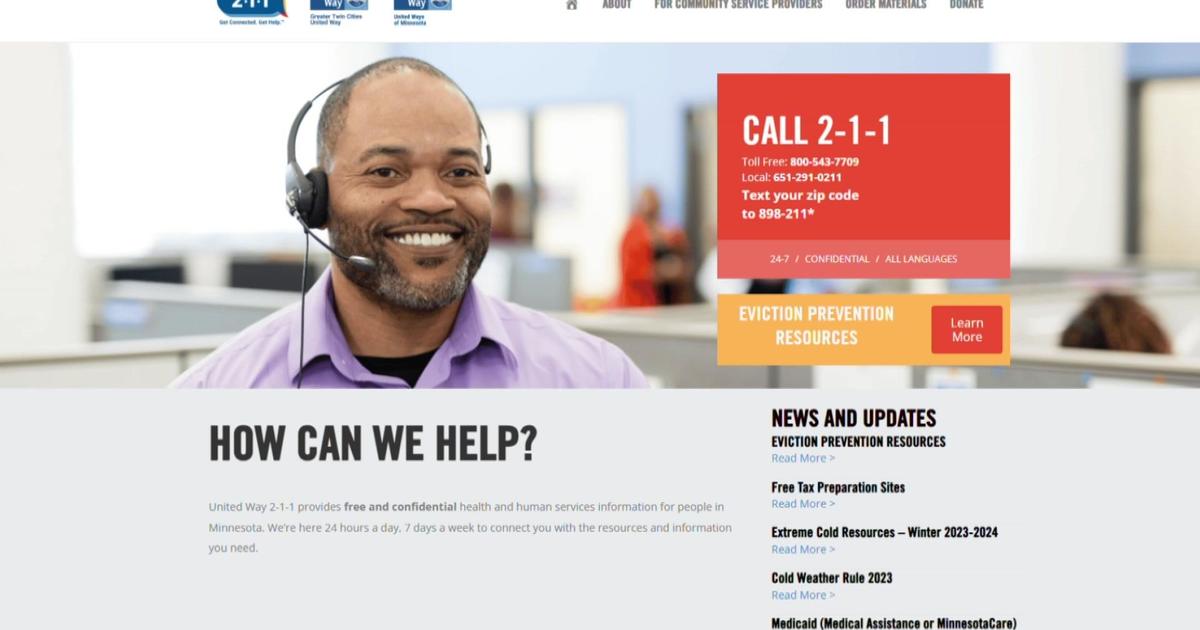Who Is Granted Asylum?
MINNEAPOLIS (WCCO) -- This week, nearly 6,000 migrants wait at the southern border with Mexico, hoping to seek refuge in the United States.
Many traveled in caravans to escape violence and poverty in Central America and want to apply for asylum in the U.S.
So, who's actually getting in? Good Question.
The whole idea of asylum started during the 1951 Refugee Convention following the Holocaust and the end of World War II. The American law that governs it is both national and international.
"Asylum is given to people who have been persecuted, or they have what's called a well-founded fear of persecution, because of their race, religion, nationality, political opinion or their membership in a particular social group," says Virgil Wiebe, a professor of immigration law at the University of St. Thomas School of Law.
There are two different pathways for asylum into the U.S. The first is called affirmative, and happens when a person already in the U.S. for less than a year (likely on a visa) applies. The second is called defensive, and happens when a migrant reaches the U.S. border.
"It's defensive because Immigration is trying to deport you," says Wiebe. "You're using it as a defense against deportation."
Defensive asylum seeking is what's happening with the caravan at or approaching the U.S.-Mexico border. In those cases, a person is generally assessed by an asylum officer to determine if they have a credible fear. If so, their case is passed onto an immigration judge. Some migrants are then detained, while others are allowed in the U.S. and often stay near friends or family.
Wiebe says there's a two-month wait in the Twin Cities for people who are detained to see a judge. For those who aren't detained, there's a backlog and the wait can take up to two years.
Since 2014, the number of asylum applications has jumped dramatically. In fiscal year 2018, there were 160,000 applications, but the number of asylum cases granted has stayed relatively stable. In fiscal year 2018, it was about 13,000 people.
In recent years, the top three nationalities granted asylum were El Salvador, China and Guatemala.
Wiebe says when a judge decides whether someone should be granted asylum, the judge first takes into consideration that person's story and whether they believe it's credible. After that, they'll look at other evidence of what's happening in the country and see if it correlates with the applicant's story.
Those who are granted asylum are varied widely by nationality. Between 2012 and 2017, 80 percent of Chinese applicants were approved. Experts believe some of those people were driven by concerns about political dissent or the old one-child policy.
Only 12 percent of cases decided on Mexican nationals were granted asylum compared to 21 percent from El Salvador, 22 percent from Honduras and 25 percent from Guatemala.
There is an appeal process, but, ultimately, those who don't get asylum are sent back to their home countries and those who do can stay in the U.S. and eventually apply for a green card.




